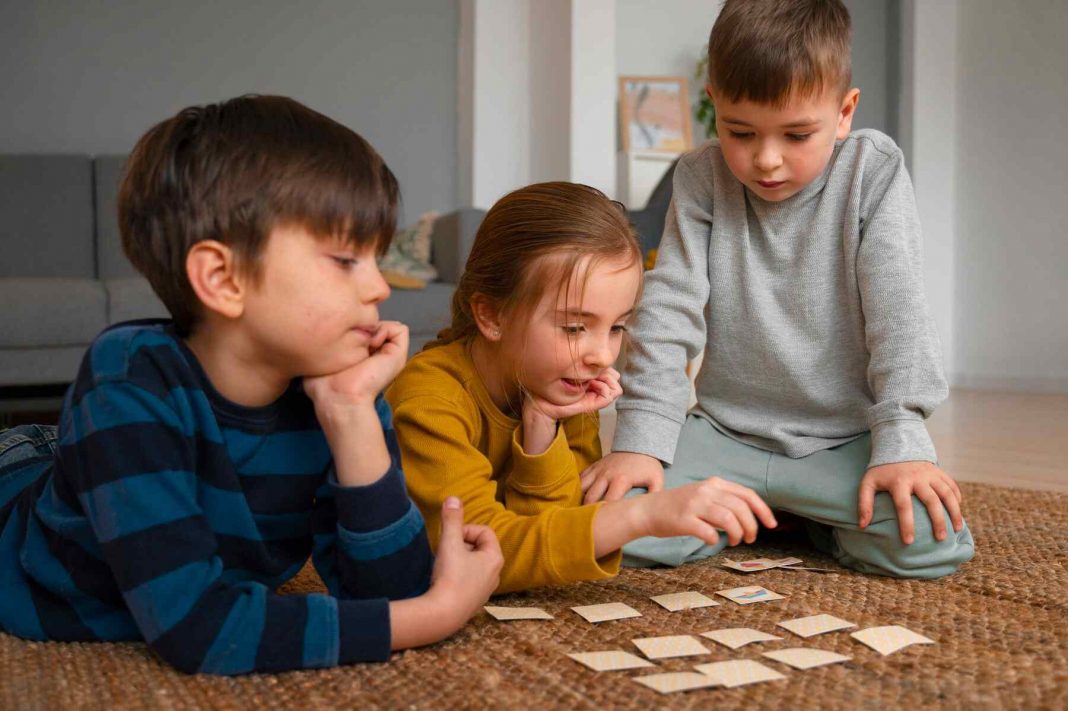Making decisions is a big part of growing up. Learning to make good decisions early on is super important for kids. It helps them become more independent, confident, and ready to face the world. That’s where decision making games for kids come into play. These games teach kids how to think ahead, make choices, and understand what happens because of those choices—all while having a blast!
Math & ELA | PreK To Grade 5
Kids see fun.
You see real learning outcomes.
Watch your kids fall in love with math & reading through our scientifically designed curriculum.
Parents, try for free Teachers, use for free
In this blog, we’re going to dive into some fantastic games that do just that. From classic board games that have been around for years to new card games that will soon become favorites, we’ve got a list that will help any kid become a decision-making champ.
1. Online Decision Making Games
Best for Which Ages: 3 years and up
Decision making games online are one of the best choice making activities for kids to sharpen their critical thinking, problem-solving, and strategic planning skills in a fun, interactive environment. Engaging with these games teaches children to make quick decisions, analyze outcomes, and adapt their strategies in real time. Here’s a look at some engaging online decision making games that are perfect for young minds:
- Challenge Two of a Kind Game
This game tests memory and attention to detail as players flip cards to find matching pairs. It’s about remembering what you saw and making strategic decisions on which cards to flip next. Perfect for developing concentration and memory recall, it’s a hit among kids looking to challenge their minds.
Related Reading: Best Memory Games for Kids to Enhance Cognitive Skills
- Play Jumble Mania Game
Jumble Mania sharpens spelling and vocabulary by challenging players to rearrange jumbled letters to form words. This game enhances decision making by requiring players to choose the most logical order of letters, improving their language skills and quick thinking in a fun, engaging way.
Related Reading: Best Spelling Games for Kids
- Challenge Match-Up Puzzles Game
Match-up puzzles take the challenge up by mixing memory skills with problem-solving. Players must match related items, not just identical ones, adding an extra layer of decision making. This game is excellent for kids who enjoy puzzles and are ready to think outside the box.
Related Reading: Best Math Puzzles for Kids
2. Go Fish
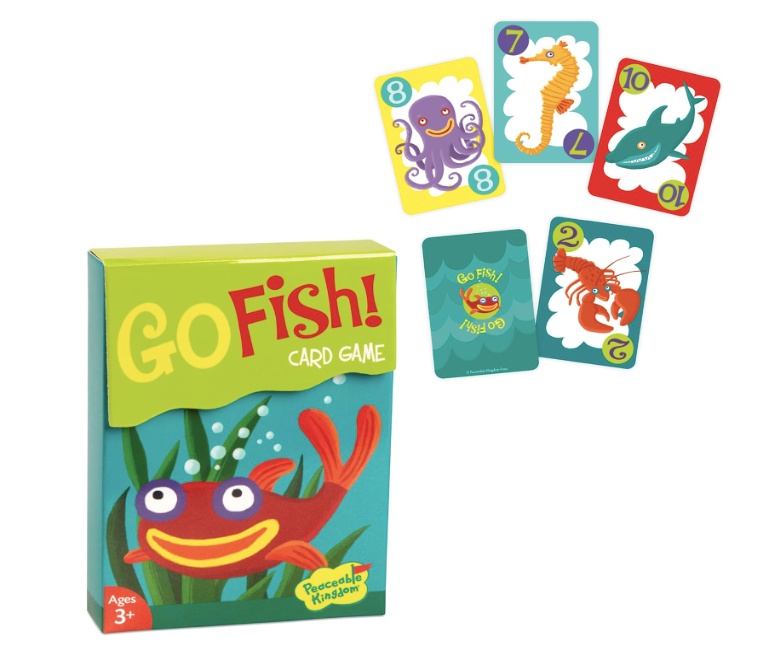
Best for Which Age: 3 years and up
Go Fish is a card game that sharpens memory and introduces kids to strategic thinking. Players ask each other for cards to make sets, using strategy to remember who holds which cards.
How to Play:
- Deal five cards to each player and place the rest in a “fish pond” in the center.
- Players ask others for specific cards to make sets of four.
- If the player has the card, they must hand it over; if not, they say “Go Fish,” and the asking player draws from the pond.
- The game ends when all sets are made, and the player with the most sets wins.
Price: $8
Buy here: Amazon
3. Connect Four
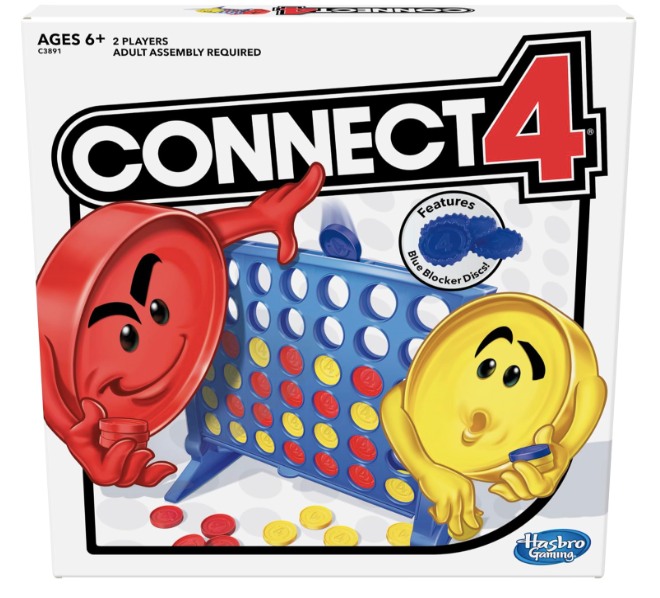
Best for Which Age: 6 years and up
Connect Four is all about strategic planning. Players aim to line up four discs in a row. This game challenges kids to think ahead and block their opponents, making it one of the most fun choice games for kids.
How to Play:
- Players choose a color and take turns dropping their colored discs into a vertically standing grid.
- The objective is to be the first to form a horizontal, vertical, or diagonal line of four of one’s discs.
- Players must strategize to block their opponent’s moves while working towards their four-in-a-row.
- The game ends when one player achieves a Connect Four or the grid fills up, indicating a tie.
Price: $12.51
Buy Here: Amazon
4. Mancala
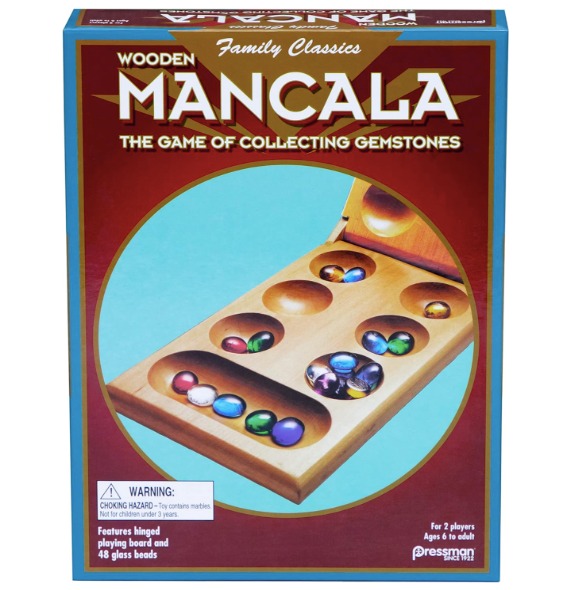
Best for Which Age: 6 years and up
Mancala is a classic game that requires players to strategically move pieces around the board to capture more stones than their opponent. It’s a brilliant choice among decision making games for kids, teaching them to plan ahead and predict their opponent’s moves.
How to Play:
- The board is set up with an equal number of pieces in small pits.
- Players take turns picking up all the pieces in one of their pits and distributing them one by one in subsequent pits.
- The goal is to capture more pieces than the opponent by strategic placement and captures.
Price: $12
Buy Here: Amazon
5. Ticket to Ride: First Journey
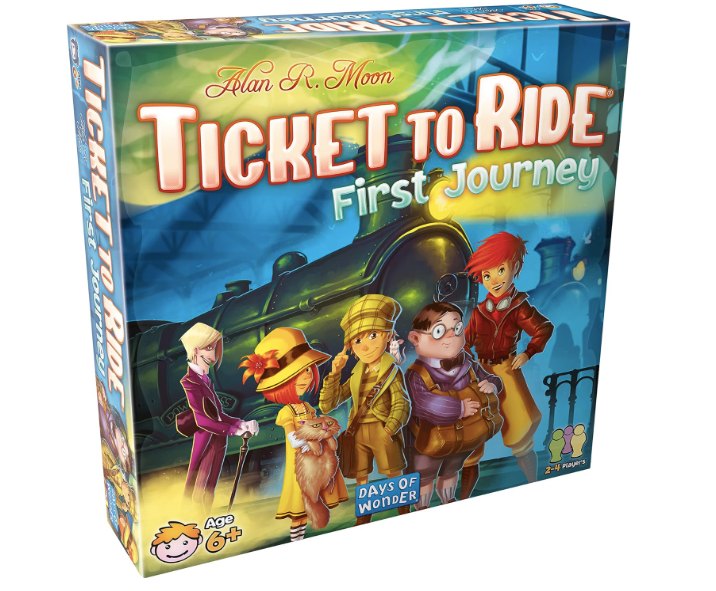
Best for Which Age: 6 years and up
Ticket to Ride: First Journey simplifies the classic game for younger audiences, focusing on strategic thinking as players plan train routes across a map. This making choices game is perfect for introducing basic strategy and planning skills to kids.
How to Play:
- Players collect train cards that enable them to claim railway routes on a map.
- The aim is to connect distant cities through a network of trains.
- Strategic planning is required to block opponents and efficiently connect cities.
Price: $27
Buy Here: Amazon
6. Catan Junior
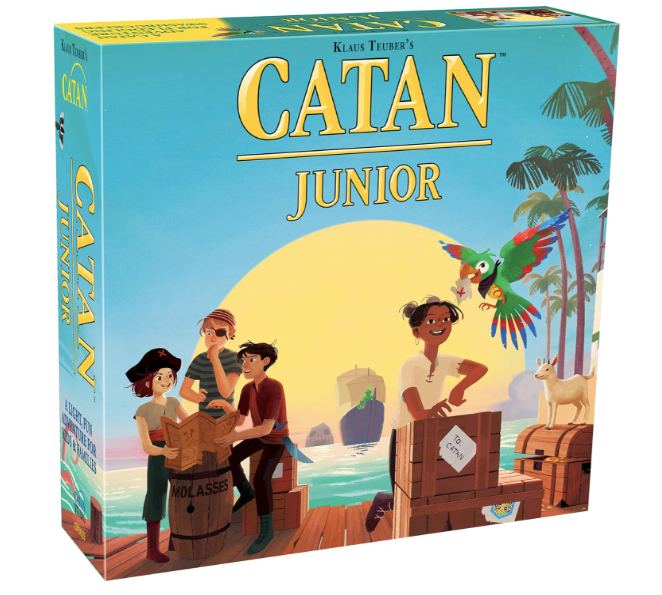
Best for Which Age: 6 years and up
Catan Junior takes the beloved strategy game and simplifies it for younger players, focusing on resource management and basic strategic planning. It’s an excellent choice among decision making activities for elementary students, teaching them the importance of resource allocation and strategy.
How to Play:
- Players collect resources like wood and gold to build their pirate lairs.
- Trading resources with other players is a key part of the game.
- The first player to build all their pirate lairs wins, requiring careful planning and resource management.
Price: $24.99
Buy Here: Amazon
7. Uno

Best for Which Age: 7 years and up
Uno is a popular card game that combines strategy with luck, requiring players to adapt their strategies based on the cards they have and the actions of their opponents. It’s one of the most fun and engaging decision making activities for children, teaching them adaptability and strategic thinking.
How to Play:
- Players aim to match a card in their hand with the current card shown on top of the deck either by color or number.
- Special action cards, like skips and reverses, add complexity.
- The first player to rid themselves of all their cards wins, requiring strategic decision-making and adaptability to changing game dynamics.
Price: $11.16
Buy Here: Amazon
8. Chess

Best for Which Age: 7 years and up
Chess is one of the best decision making games, teaching players to think several moves ahead and consider the consequences of their actions. It’s a classic game of strategy and tactics where every move counts.
How to Play:
- Each player starts with 16 pieces that move in specific ways across the board.
- The objective is to checkmate the opponent’s king, meaning the king is in a position to be captured and cannot escape.
- Players must protect their own pieces while strategizing to capture their opponent’s king.
Price: $14.99
Buy Here: Amazon
9. Battleship

Best for Which Age: 7 years and up
Battleship is a game that combines strategic planning and deduction, making it a great choice among decision making board games. Players guess the locations of their opponent’s ships and aim to sink them, all based on logical deduction and strategic thinking.
How to Play:
- Each player places their ships secretly on a grid.
- Players take turns calling out grid coordinates to guess the location of the opponent’s ships.
- The first player to sink all of the opponent’s ships wins.
Price: $12
Buy Here: Amazon
10. Guess Who?
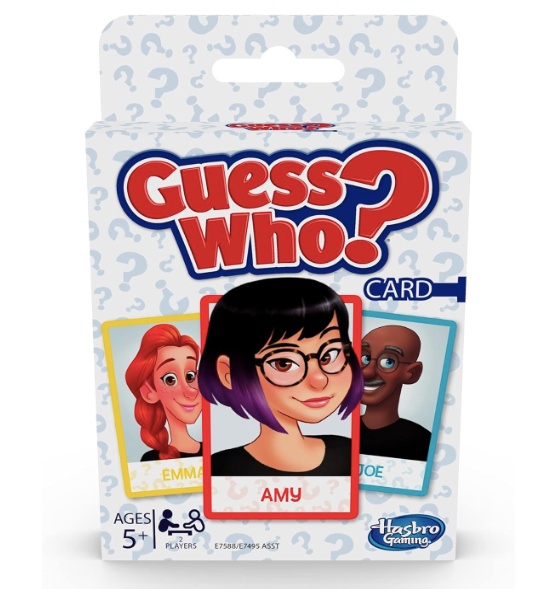
Best for Which Age: 5 years and up
Guess Who? is a fun decision making situations game that enhances logical thinking and decision-making. Players ask yes or no questions to deduce the identity of the opponent’s character, using logic and deduction at every turn.
How to Play:
- Each player chooses a character card and places it in front of them.
- Players take turns asking yes or no questions to narrow down the possible characters their opponent has chosen.
- The first player to correctly guess the opponent’s character wins.
Price: $5
Buy Here: Amazon
11. Clue (Cluedo)
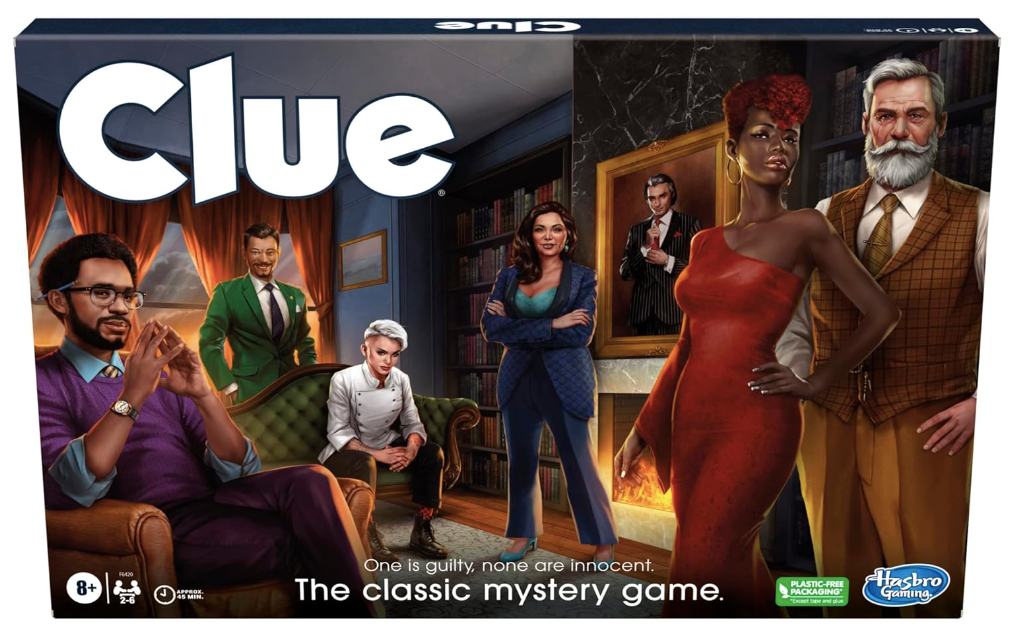
Best for Which Age: 8 years and up
Clue, or Cluedo, is a classic among group decision making games, where players solve a mystery by deducing who committed the crime, with what weapon, and in which room. It’s a fantastic game for developing deductive reasoning and decision-making skills.
How to Play:
- Players move around the game board, which represents the rooms of a mansion, to collect clues.
- Through a process of elimination and deduction based on the clues gathered, players try to solve the mystery.
- The first player to correctly accuse the murderer, the weapon, and the room wins the game.
Price: $17.99
Buy Here: Amazon
12. Tic-Tac-Toe (Noughts and Crosses)
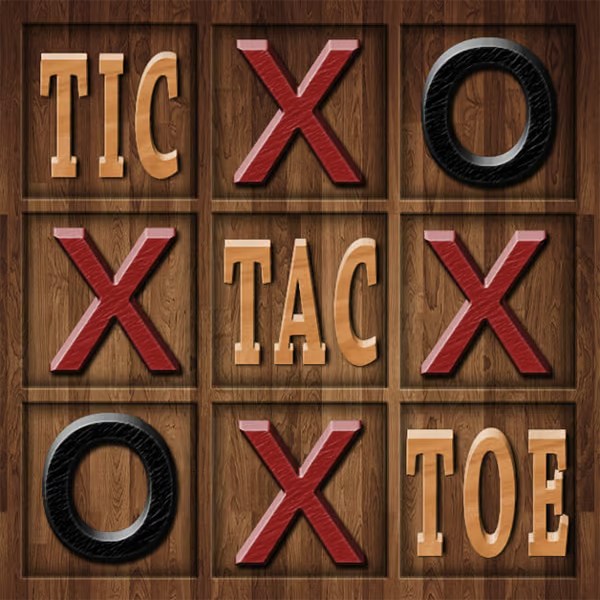
Best for Which Age: 3 years and up
Tic-Tac-Toe, also known as Noughts and Crosses, is a perfect introductory decision making game for kids. It teaches young children the basics of strategy and foresight by encouraging them to think about their moves and anticipate their opponent’s next step.
How to Play:
- Players take turns marking a space in a 3×3 grid with their symbol, either a nought or a cross.
- The aim is to be the first to get three of your symbols in a row, either horizontally, vertically, or diagonally.
- Players need to block their opponent’s moves while working towards their own line of three.
13. Checkers (Draughts)
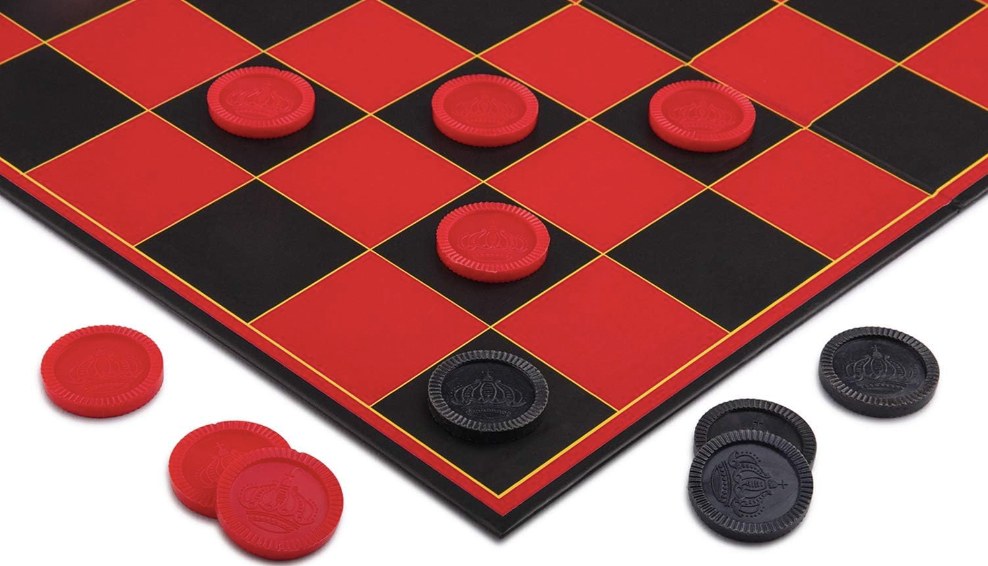
Best for Which Age: 5 years and up
Checkers, known as Draughts in some countries, simplifies strategy and decision-making, making it one of the easiest decision making games for kids. It teaches them to plan their moves and predict their opponent’s actions in a straightforward, engaging way.
How to Play:
- Players move their pieces diagonally across a checkerboard, with the aim of capturing the opponent’s pieces by jumping over them.
- The game encourages players to protect their own pieces while finding opportunities to capture their opponent’s.
- The player who captures all of the opponent’s pieces wins.
Price: $15.99
Buy Here: Amazon
14. Rat-a-Tat Cat
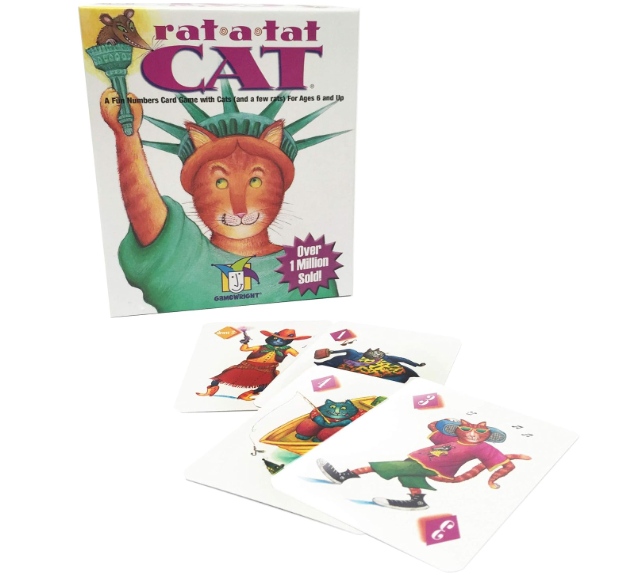
Best for Which Age: 6 years and up
Rat-a-Tat Cat is a card game that boosts memory and strategy through the use of card swaps and peeks. It’s a fun and engaging way to enhance decision-making skills in kids, as they must remember the cards’ values and decide the best times to swap.
How to Play:
- Players are dealt cards that they can peek at but then must keep face down, trying to remember the values.
- The aim is to end up with the lowest score by swapping out high-value cards for lower ones.
- Strategic thinking is required to decide when to swap cards and when to stick with what you have.
Price: $11.99
Buy Here: Amazon
15. Magic Memo Game
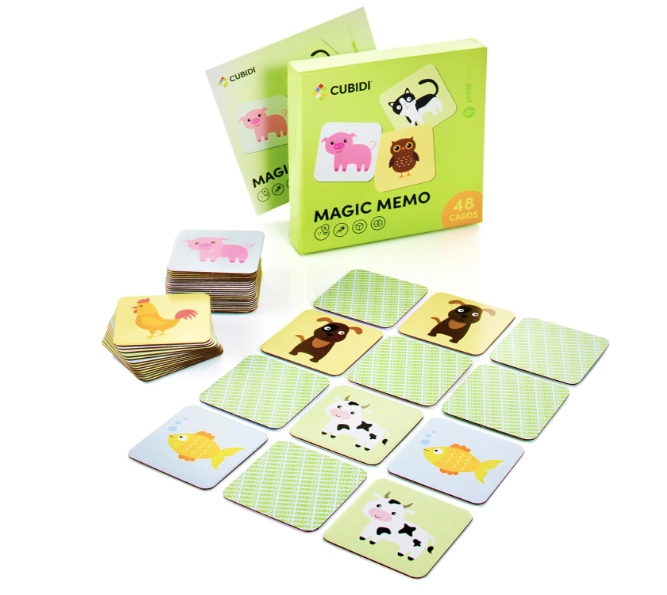
Best for Which Age: 3 years and up
The Memory Game, also known as Concentration, is a fantastic choice for kids to boost their memory and focus. By matching pairs of cards, children practice attention to detail and improve their recall abilities, making it a great pick from games on decision making.
How to Play:
- Spread all cards face down on a table.
- Players take turns flipping over two cards at a time.
- If the cards match, they keep them and go again.
- If they don’t match, they turn them back over, and the next player goes.
- The game continues until all pairs are matched.
Price: $9.99
Buy Here: Amazon
Conclusion
Decision making games for kids offer fun and interactive ways to boost critical thinking and problem-solving skills. These games not only keep children engaged but also play a crucial role in their cognitive development. So, let’s encourage our kids to play more of these games and watch them grow smarter every day!
Related Reading: Best and Fun Ice-Breaker Games & Activities for Kids
Frequently Asked Questions (FAQs)
How do you teach children decision-making?
Teaching children decision-making involves guiding them through the process of making choices, discussing possible outcomes, and allowing them to experience the consequences in a safe environment. Encouraging them to weigh options and think ahead helps build this skill.
What is a decision-making game?
Decision making games for kids are an interactive activities designed to simulate scenarios where players must make choices, often within a set of rules or constraints, to achieve a goal or solve a problem, thereby sharpening their decision-making skills.
What is decision-making icebreaker activity?
A decision-making icebreaker activity is a short, engaging task that encourages participants to make choices and share their reasoning. It’s often used to warm up a group, foster teamwork, and introduce the concept of decision-making in a fun way.
What are some fun decision-making questions?
Fun decision-making questions can range from hypothetical scenarios like “Would you rather have the ability to fly or be invisible?” to practical choices such as “If you could only eat one food for the rest of your life, what would it be?” These fun would you rather questions stimulate thinking and conversation.

















